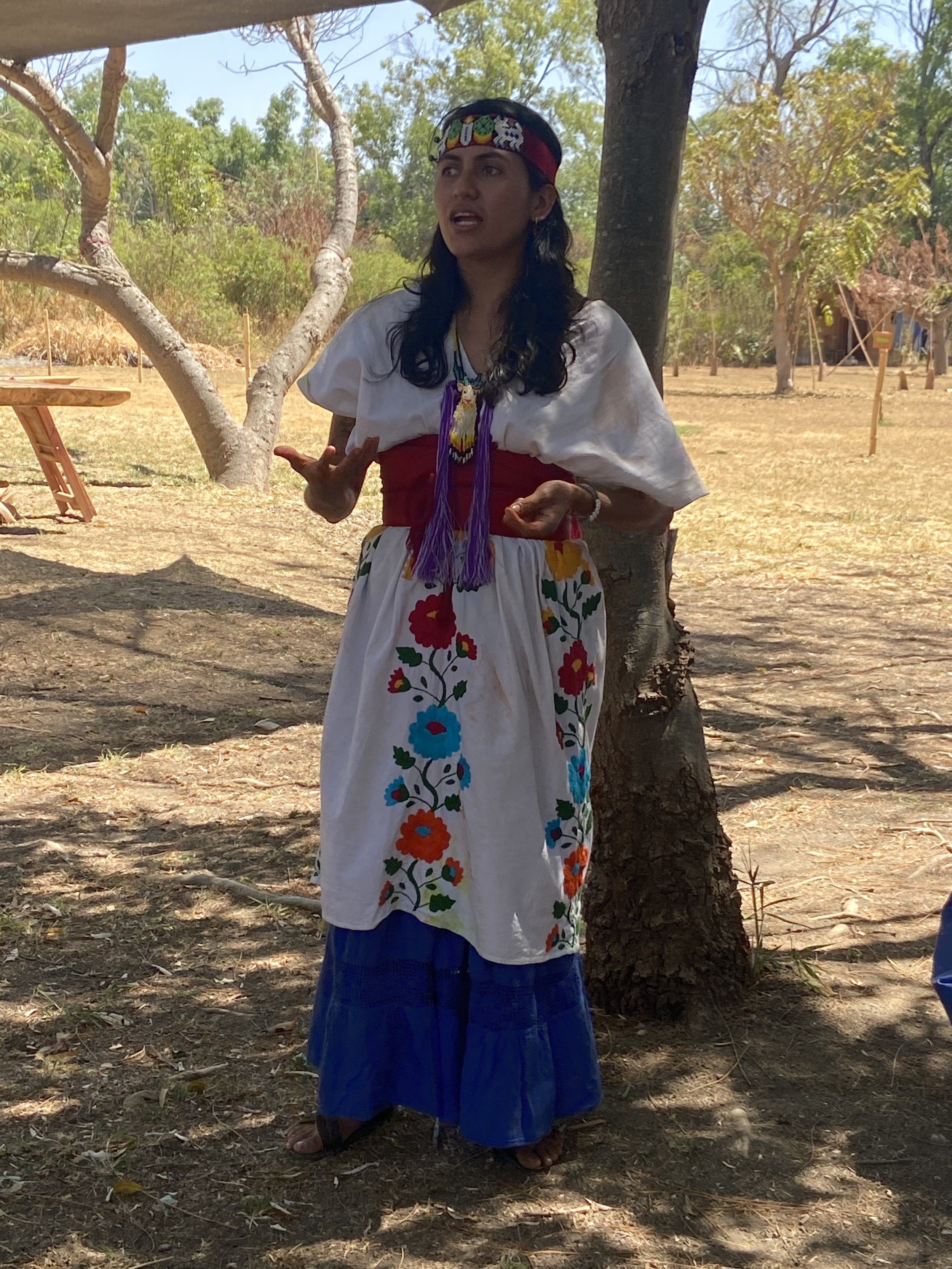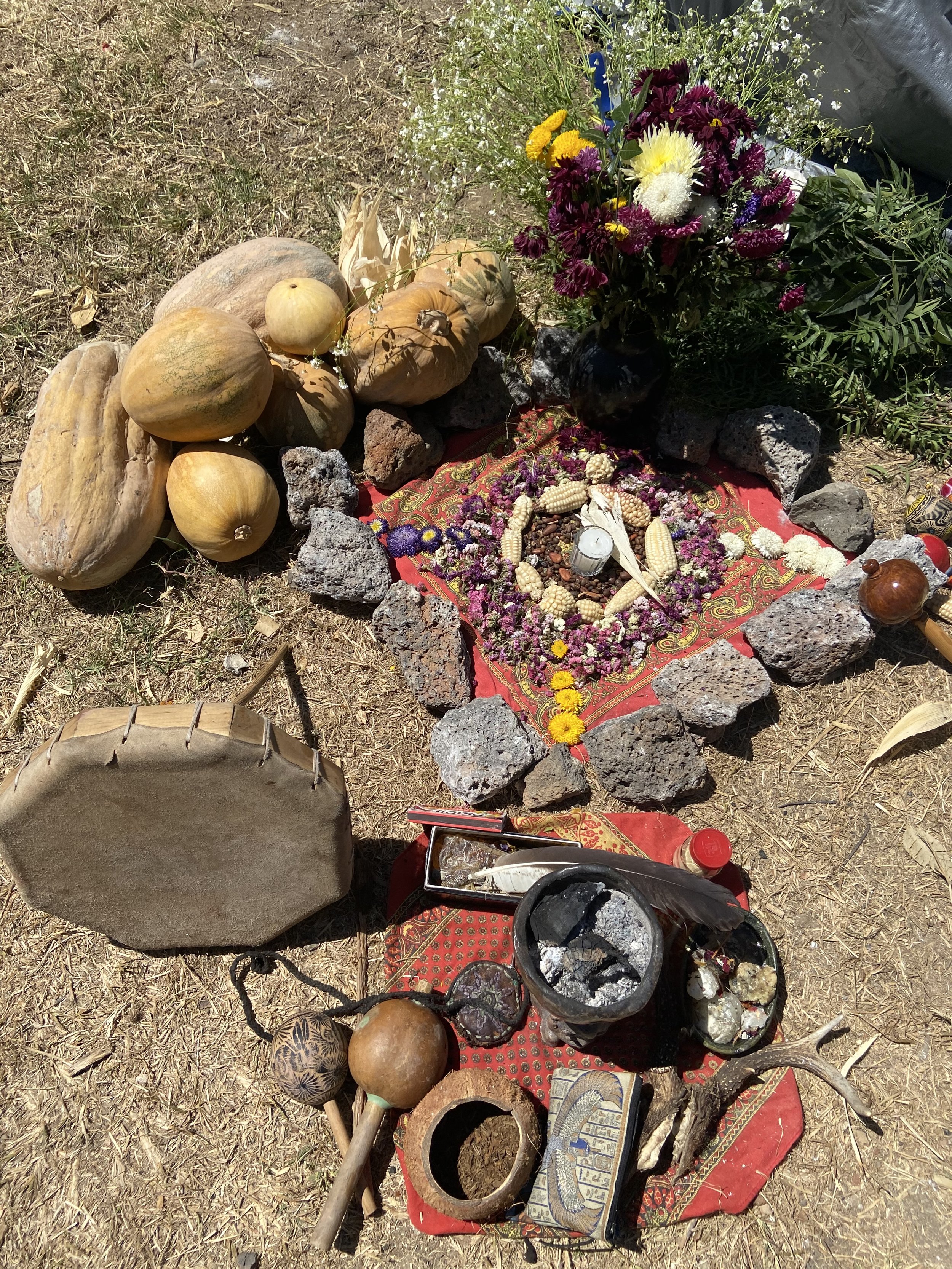Temazcal: A Tryst with Mayan Healing Ritual
A house of heat.
A body drenched in sweat.
This is temazcal, a legacy of Mayan medicinal practice.
While bathhouses and sweat lodges have a long association with purification ceremonies in human civilization, the temazcal is a distinct practice loaded with symbolic and spiritual connotations. From ancient Rome to Edo Japan, these cloistered spaces were privy to individual customs and social traditions. On the other hand, the indigenous Mesoamericans had their special healing ritual, performed at a tiny igloo-shaped hut called temazcal.
The word ‘temazcal’, allegedly comes from the Nahua words for teme (to bathe) and calli (house). It was believed to purify and heal the body from battle, sickness, or childbirth. Its shape, a possible representation of the womb, could mean a symbolic reunion with the earth or the Mother Goddess, Teteoinan. This ancient ritual has been a part of the knowledge systems of the Mayan descendants for centuries and has withstood the test of time. Still practiced in parts of Mexico, it is being revived with a renewed global interest in its health and spiritual benefits.
The ritual, which usually takes around two to three hours, starts with an invocation to the ancestors and ends with a spiritual transformation. The smoldering hot volcanic rocks emit copious amounts of steam when water is poured on them, causing the occupants to sweat profusely. Herbs like sage and copal are used for purification purpose and tobacco is thrown into the fire while focusing on self-healing and introspection.
The shaman or healer leads the practitioner through an overwhelming and life-altering experience. A feeling of pure bliss follows the ritual, and usually participants slip into a deep, peaceful sleep only to wake up feeling rejuvenated.The steam from the fire, stone, smoke, and water involved in the curative ceremony point towards the indigenous connection with the four symbolic elements of the universe. In a way, it is akin to many ancient practices, the havan of Vedic India and the Inipi of Lakota people.
These ancient medicinal rituals from the old world bring a long-lost connection to nature and community, increasingly craved by the modern soul. Temezcal is more than a nostalgic remembrance of a bygone era; it is a continuing testament of human civilization’s collective strive for healing and becoming.


